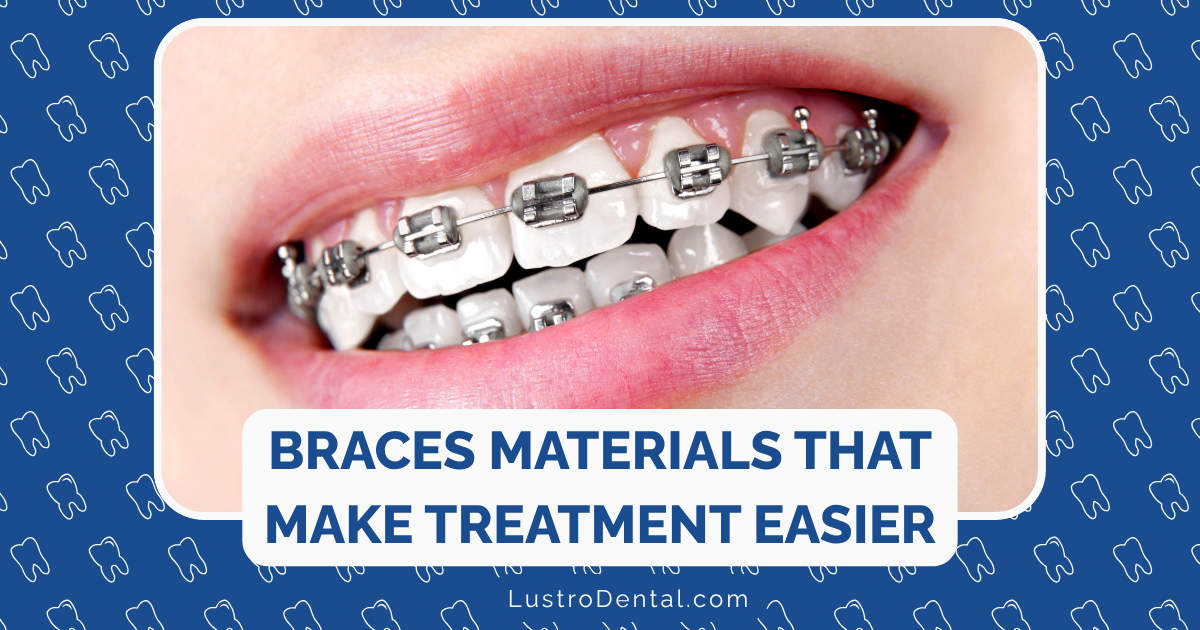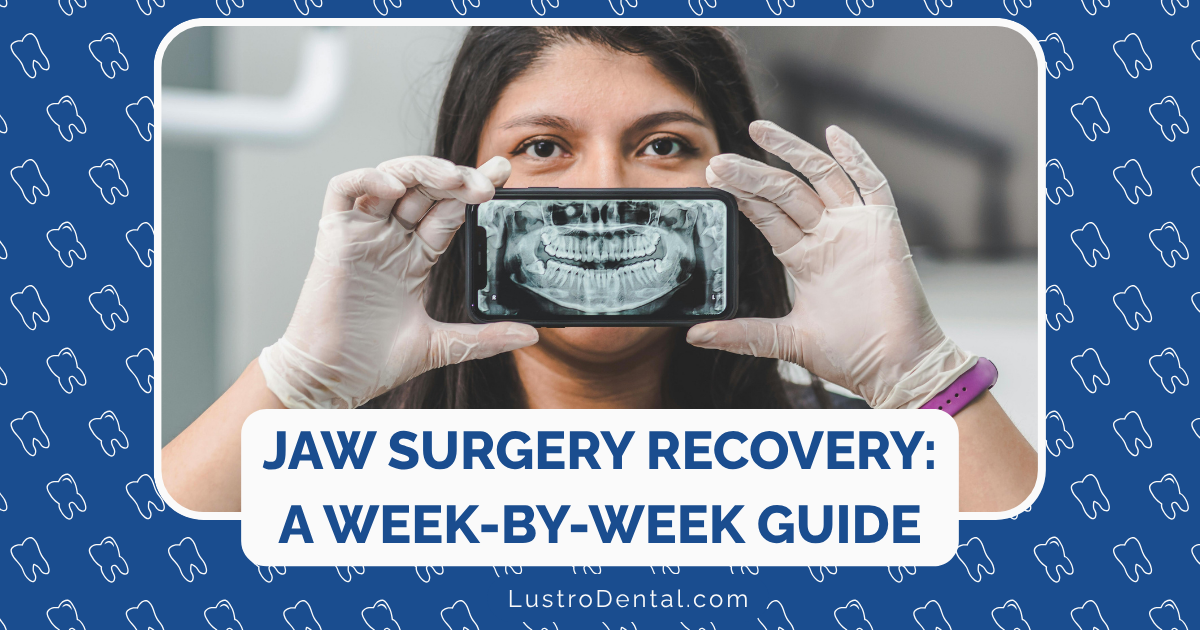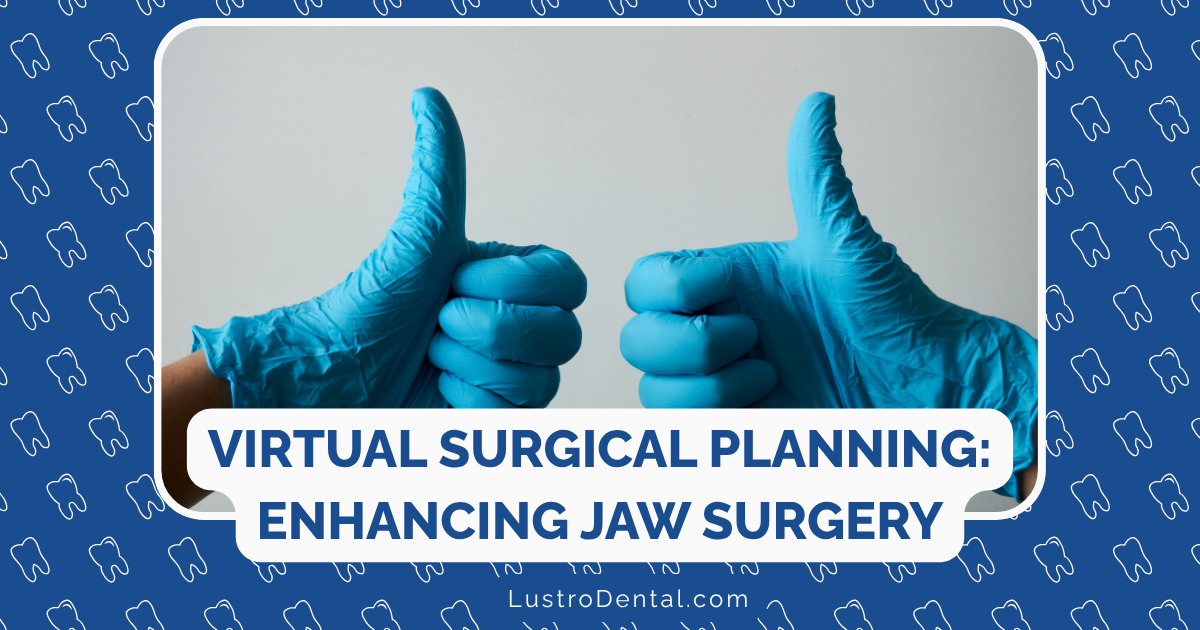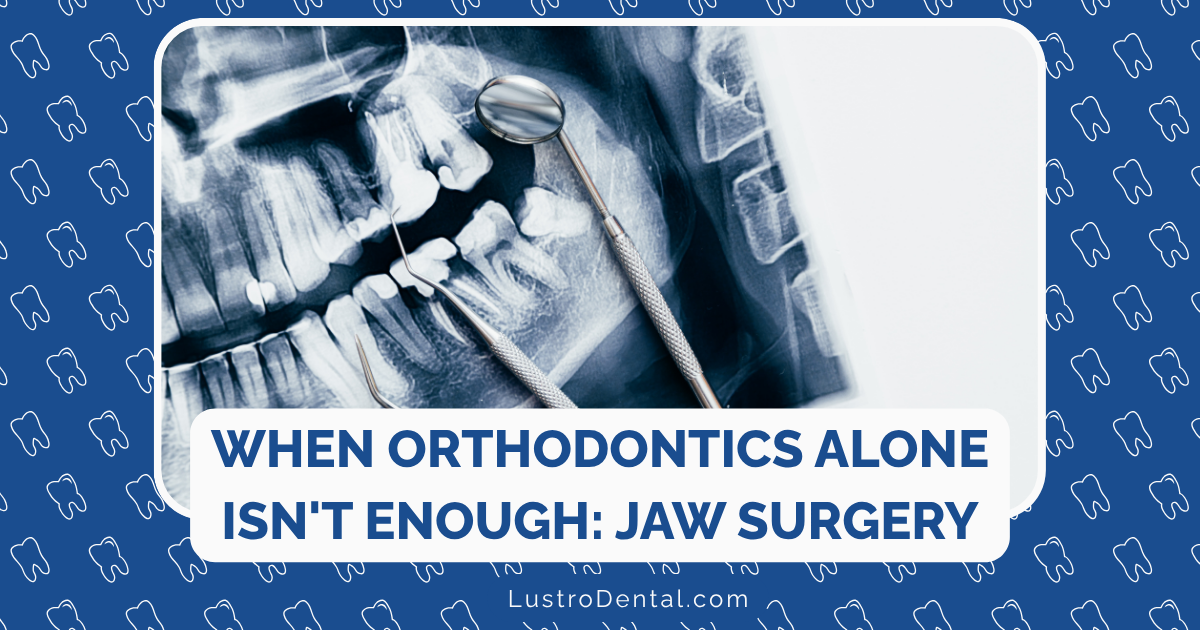Braces in 2025: New Materials and Designs Making Treatment More Comfortable

Remember the metal “train tracks” that defined orthodontic treatment for generations? Those days are rapidly fading into dental history. As someone who’s worked closely with orthodontic patients for years, I’ve witnessed an incredible transformation in how we straighten teeth—and 2025 has brought the most exciting innovations yet.
Today’s orthodontic patients are experiencing treatments that would have seemed like science fiction just a decade ago. From intelligent materials that respond to your body temperature to bracket designs that virtually eliminate discomfort, the braces experience has been fundamentally reimagined.
Let’s explore the cutting-edge materials and designs that are making orthodontic treatment more comfortable, efficient, and even enjoyable in 2025.
Smart Materials: The Science Behind Comfortable Braces
Nickel-Titanium: The Shape Memory Revolution
The most significant advancement in orthodontic comfort comes from an extraordinary material called nickel-titanium (or “nitinol”). This remarkable alloy possesses what scientists call “shape memory” and “superelasticity”—properties that have transformed the orthodontic experience.
Here’s why nitinol has revolutionized braces comfort:
- Consistent gentle pressure: Unlike traditional wires that lose tension quickly and require frequent tightening, nitinol wires maintain a gentle, continuous force. According to research from the American Journal of Orthodontics and Dentofacial Orthopedics, this results in more efficient tooth movement with significantly less pain.
- Temperature responsiveness: The latest generation of heat-activated nitinol wires, introduced widely in 2025, respond to your mouth’s temperature. At room temperature, they’re flexible and easy to place. Once in your mouth, they warm up and gradually shift to their programmed shape, applying precise, gentle pressure exactly where needed.
- Fewer adjustments needed: The elastic memory of these wires means fewer office visits for adjustments. A 2024 clinical study showed that patients with nitinol wires needed 30% fewer adjustment appointments compared to those with traditional stainless steel wires.
One patient, Sarah, described her experience: “When I had braces as a teenager in the early 2000s, every adjustment was painful for days. With my son’s new nitinol braces, he barely notices after appointments. It’s like night and day.”
Biocompatible Ceramics: Strength Meets Comfort
Modern ceramic brackets have evolved dramatically in 2025:
- Ultra-smooth surfaces: New manufacturing processes have eliminated microscopic rough edges that previously irritated the inside of patients’ cheeks. Today’s ceramic brackets feature polished, rounded contours that significantly reduce friction against soft tissues.
- Stain-resistant formulations: The latest ceramic materials resist discoloration from coffee, curry, and other staining foods—addressing a common complaint about earlier ceramic brackets.
- Reduced friction: New low-friction ceramic composites allow teeth to slide along the archwire more efficiently, reducing treatment time and discomfort. According to the Journal of Clinical Orthodontics, these materials can reduce treatment time by up to 15% compared to traditional ceramics.
Revolutionary Bracket Designs
Self-Ligating Systems: Eliminating the Pressure Points
Self-ligating brackets have transformed from a luxury option to the standard of care in 2025, and for good reason:
- No elastic ties: Traditional braces relied on small elastic bands (ligatures) that created pressure points and trapped food. Self-ligating brackets use built-in clips or “doors” to hold the wire, eliminating these issues entirely.
- Reduced friction: The clip mechanism allows the wire to slide more freely, resulting in gentler forces and faster tooth movement. A 2023 systematic review found that self-ligating systems reduced treatment discomfort by up to 40% compared to conventional brackets.
- Easier cleaning: Without elastic ties to trap food particles, maintaining oral hygiene is significantly easier, reducing the risk of white spot lesions and gum inflammation during treatment.
Dr. Jennifer Lee, an orthodontist in Boston, explains: “Self-ligating brackets have completely transformed the patient experience. My patients report much less discomfort, and I’m seeing healthier gums throughout treatment. It’s a win-win.”
Micro-Bracket Systems: The Less-Is-More Approach
The trend toward minimalism has reached orthodontics with micro-bracket systems:
- 50% smaller profile: Today’s leading brackets are half the size of those used just five years ago, with some premium systems barely visible on teeth.
- Rounded edges: Computer-aided design has eliminated sharp corners and edges, with 2025’s brackets featuring organic, curved shapes that naturally conform to tooth surfaces and lip contours.
- Customized placement: Advanced 3D printing and robotics now allow for brackets custom-designed for each individual tooth, optimizing force application while minimizing bulk.
3D-Printed Custom Braces: The Perfect Fit
Perhaps the most exciting development in orthodontic comfort is the mainstream adoption of fully customized, 3D-printed bracket systems:
- Digital precision: Companies like LightForce Orthodontics use advanced digital scans to create bracket designs that perfectly match the shape and angle of each tooth. This precision eliminates uncomfortable pressure points and reduces treatment time.
- Patient-specific design: Rather than using one-size-fits-all brackets, these systems account for your unique tooth anatomy and treatment goals. The brackets are printed using ceramic polycrystalline alumina that’s strong, biocompatible, and naturally tooth-colored.
- Reduced treatment time: Because 3D-printed brackets are designed specifically for your teeth and treatment plan, many patients see 20-30% faster results compared to conventional braces. According to the Journal of Digital Orthodontics, this customization can reduce average treatment time from 24 months to as little as 16 months.
The cost of 3D-printed braces ranges from $6,000 to $8,500, depending on case complexity and location—only slightly more than premium conventional braces, making them increasingly accessible.
Beyond Traditional Braces: Alternative Comfort Options
While traditional braces have seen remarkable improvements, alternative options have evolved as well:
Clear Aligners: The Invisible Evolution
Clear aligner technology has made significant leaps forward in 2025:
- Multi-layered materials: The latest aligners use a sandwich of materials with different elasticity properties—rigid on the outside for stability and soft on the inside for comfort.
- Precision attachments: New attachment designs allow aligners to perform complex tooth movements previously only possible with braces.
- AI-optimized movement sequences: Artificial intelligence now plans tooth movements with unprecedented precision, reducing discomfort by ensuring each step is biomechanically optimal.
Hybrid Systems: The Best of Both Worlds
Many orthodontists now offer hybrid approaches that combine different technologies for optimal comfort and efficiency:
- Partial braces with aligners: Some difficult movements are handled with short-term, targeted braces while the rest of treatment uses comfortable aligners.
- Initial accelerated phase: New techniques like micro-osteoperforation or photobiomodulation are used briefly to speed up the initial phase of treatment, followed by gentler methods for fine-tuning.
Pain Management Innovations
Beyond material and design improvements, orthodontics in 2025 has embraced new approaches to managing discomfort:
High-Frequency Vibration Devices
Devices like AcceleDent and VPro have evolved significantly, with 2025 models offering:
- Targeted vibration therapy: Rather than one-size-fits-all vibration, new devices deliver customized frequencies to specific areas of the mouth.
- Integrated monitoring: Smart vibration devices now track usage and effectiveness, adjusting recommendations based on your progress.
- Pain reduction: Clinical studies show these devices can reduce orthodontic discomfort by up to 60% while potentially accelerating treatment.
Low-Level Light Therapy
Photobiomodulation (low-level light therapy) has entered mainstream orthodontics:
- At-home devices: Compact LED devices allow patients to apply red and near-infrared light to the dental arch for 5 minutes daily.
- Reduced inflammation: This therapy reduces cytokine production associated with orthodontic pain while stimulating cellular activity that supports tooth movement.
- Accelerated healing: Light therapy helps gum tissue adapt more quickly to orthodontic forces, reducing soreness and irritation.
The Digital Experience: Beyond Physical Comfort
Comfort in orthodontic treatment isn’t just physical—it’s also about convenience and peace of mind:
Remote Monitoring
The days of monthly in-office adjustments are fading:
- Smartphone-based tracking: Using your phone’s camera and specialized apps, orthodontists can monitor your progress remotely, reducing necessary in-person visits by up to 60%.
- AI assessment: Artificial intelligence evaluates your tooth movement, alerting your orthodontist only when intervention is needed.
- Virtual consultations: Many minor adjustments can now be handled through secure video appointments, saving you time and hassle.
Predictive Modeling
Knowing what to expect reduces anxiety:
- Week-by-week previews: Advanced software now shows patients exactly how their teeth will move throughout treatment, eliminating the uncertainty that often causes stress.
- Pain prediction: Some systems even forecast which days might involve more discomfort, allowing patients to plan accordingly.
Real Patient Experiences
Michael, 42, who started treatment with 3D-printed braces in early 2025, shares: “I put off getting braces for decades because I remembered how uncomfortable they were for friends in high school. These new ones are nothing like that—sometimes I forget I’m even wearing them.”
Sophia, 16, using the latest nitinol wire system, reports: “After adjustments, I feel a gentle pressure but nothing like the pain my older sister described from her braces five years ago. Plus, I only need to go in for changes every 10 weeks instead of monthly.”
Is Comfort Worth the Cost?
With all these advancements, many patients wonder if the comfort is worth potential additional costs. Consider these factors:
- Treatment efficiency: More comfortable systems often result in shorter treatment times, meaning fewer appointments and less time in braces overall.
- Reduced complications: Comfortable braces lead to better patient compliance and oral hygiene, reducing costly complications like decalcification or gum problems.
- Quality of life: The psychological benefit of a more comfortable orthodontic experience is significant, especially for adults balancing treatment with professional responsibilities.
Most orthodontists now offer financing options that make these comfortable options accessible, typically adding just $15-30 to monthly payment plans compared to basic systems.
The Future: What’s Coming Next?
Looking beyond 2025, research is already underway on even more comfortable orthodontic solutions:
- Bioactive materials: Brackets that release small amounts of compounds to reduce inflammation and pain at the cellular level.
- Shape-shifting polymers: New materials that change properties in response to specific stimuli, allowing for “programmable” tooth movement.
- Magnetic systems: Orthodontic appliances using precisely calibrated magnetic forces to move teeth without wires.
Conclusion: The End of Orthodontic Discomfort
The days of associating braces with pain and discomfort are rapidly disappearing. Thanks to smart materials, innovative designs, and digital technologies, orthodontic treatment in 2025 offers a level of comfort that was unimaginable just a few years ago.
If you’ve been hesitant about orthodontic treatment due to concerns about discomfort, there’s never been a better time to reconsider. Today’s braces aren’t just more comfortable—they’re faster, more efficient, and designed with your overall experience in mind.
Have you experienced any of these new orthodontic technologies? What questions do you have about comfortable braces options? Share your thoughts in the comments below!







